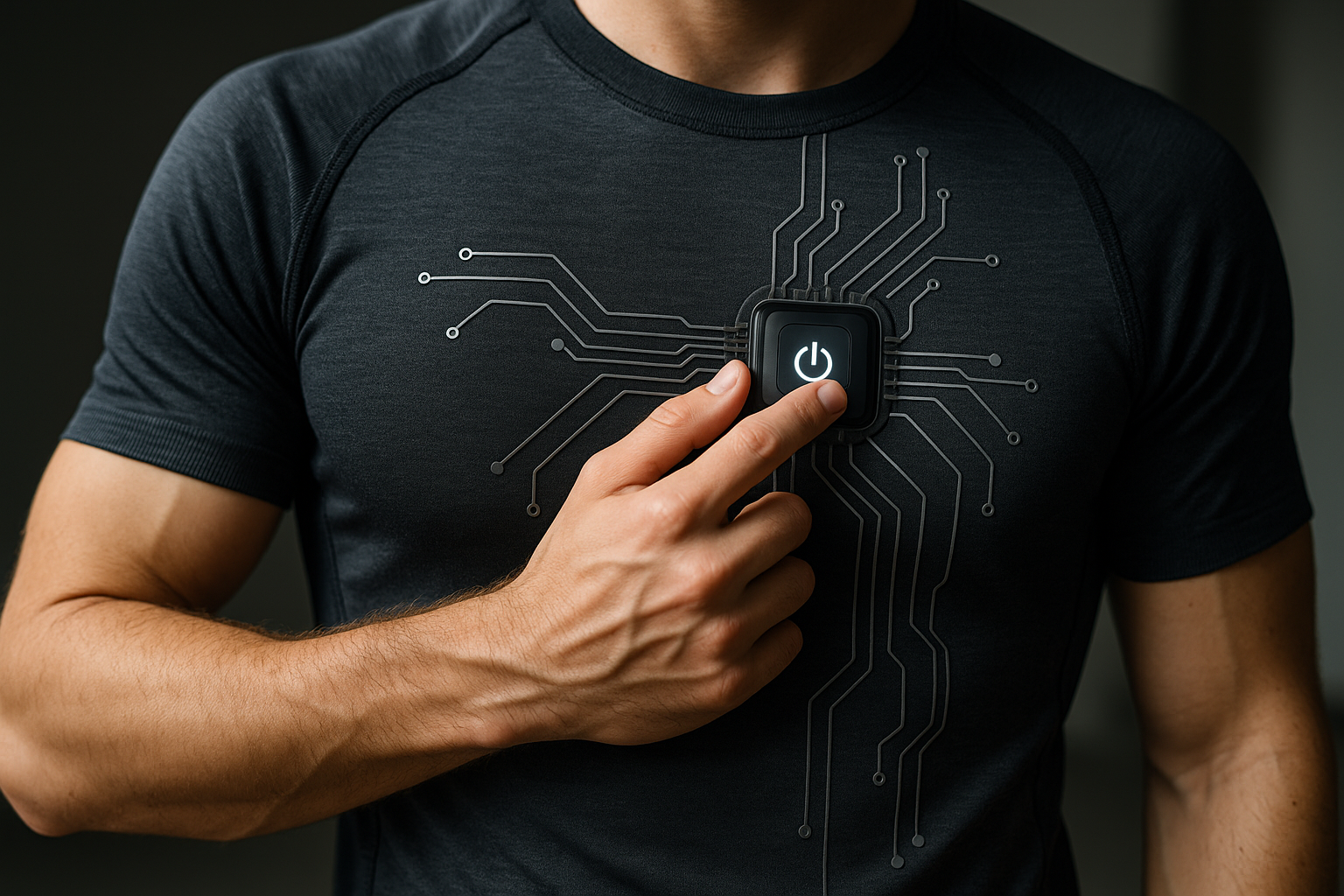"The Intriguing Intersectionality of Tech and Fashion: Smart Clothing"
Introduction: In the ever-evolving landscape of technology, the realm of fashion is quickly becoming a playground for innovation. Welcome to the world of smart clothing, an exciting frontier where technology and fashion meet, leading to a potential revolution in the way we dress, connect, and interact with our environment.

Smart Clothing: A Stitch in Time
Smart clothing, or e-textiles, is a growing field that involves embedding electronics and digital components into fabrics. This concept isn’t entirely new—think heated gloves or light-up sneakers. What’s different now is the level of sophistication and functionality these garments can offer due to advancements in technology. Today’s smart clothing can monitor health, adjust to temperature changes, and even charge devices.
From Novelty to Necessity: The Evolution of Smart Clothing
Initially, smart clothing was seen as a gimmick or a novelty. But, over the last decade, it has evolved to play a crucial role in various sectors. In sports, for instance, athletes can wear smart clothing to track their performance and health metrics. In the medical field, patients can use smart garments to monitor their vital signs continually.
The Current State of Play: Recent Developments in Smart Clothing
Several tech companies, both established and startups, are actively innovating in this field. Google’s Project Jacquard, for example, is a platform that weaves touch and gesture interactivity into any textile using standard industrial looms, essentially transforming everyday objects like clothes and furniture into interactive surfaces. Similarly, startups like Spinali Design are creating connected clothing that offers UV protection and GPS location services.
Estimating the Market Impact and Price of Smart Clothing
Analysts predict the smart clothing market could be worth $5.3 billion by 2024, signifying its potential impact. As for the price, it varies widely based on the tech in the garment. A basic fitness tracking shirt might cost around $100, while a more sophisticated garment with advanced functionalities can run into the hundreds or even thousands of dollars.
The Challenges and Potential of Smart Clothing
Despite the excitement, smart clothing faces several challenges like washability, durability, and power supply. But, with continuous research and development, solutions are emerging. As smart clothing becomes more sophisticated and accessible, it might not be long before our wardrobes become as smart as our phones.
In conclusion, smart clothing embodies the essence of innovation—taking something familiar and transforming it into something extraordinary. As technology continues to evolve, the intersection of fashion and tech promises to be an exciting space to watch.




